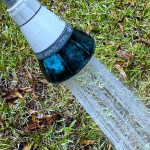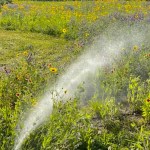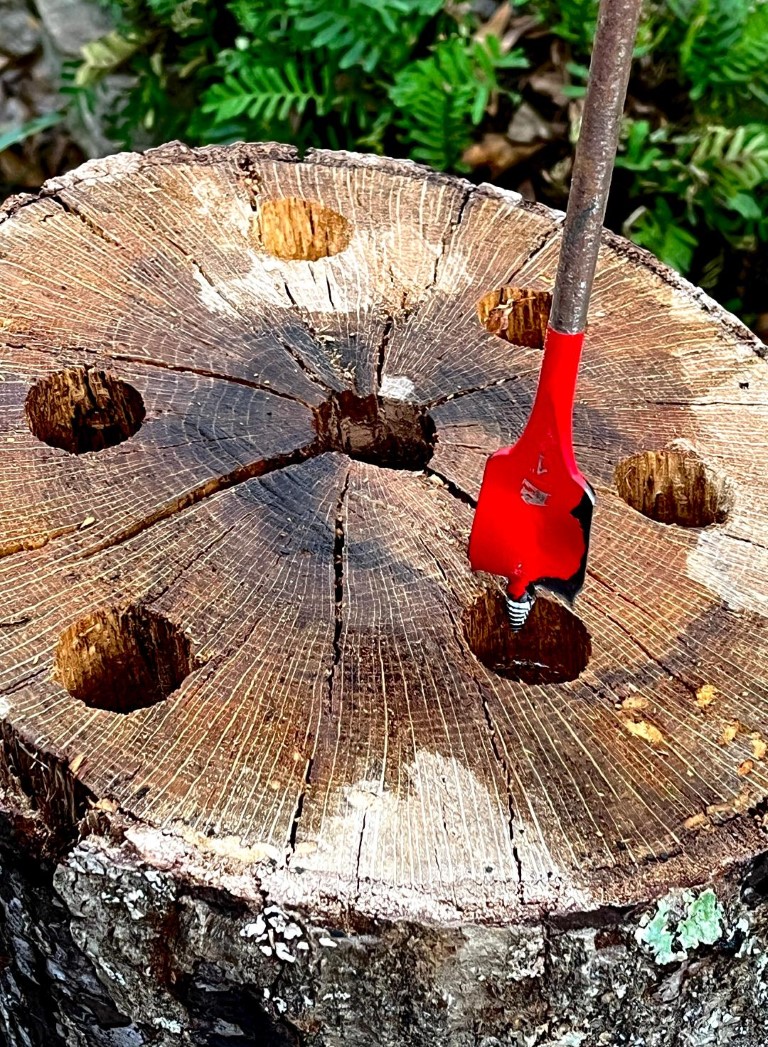Train your lawn, plants to have deep roots
Published 12:52 pm Wednesday, June 25, 2025



Here it is early Summer, and I’m looking to avoid extra garden work in this heat and humidity while going proactive for a better Autumn.
I will get to ways to reduce our two most demanding chores in a minute. But most of us are preoccupied with spotted foliage, wilted plants, black sooty mold on crape myrtles and gardenias, leaf-footed stinkbugs, and tomato blossom end rot. We’re busy with little routines like deadheading zinnias, cutting back overgrown blueberry bushes, goldenrod and mums for more flowers and less flop later, and replacing exhausted flowers and vegetables.
We are refreshing birdbaths teeming with mosquito larvae while overlooking the algae in the bottom. Starting new tomato and pepper plants to set out at the end of July for a much heavier harvest in the cooler months. Pulling little weeds before they get established and seedy. Shaking shrubs before pruning to make sure there are no nests of guinea wasps ready to pounce.
But the most common routine things we do – mowing and watering – can be lightened with two smart moves Starting with the former, we all know of countless reasonably attractive mow-what-grows lawns around churches, schoolyards, and older neighborhoods, yet we are conditioned both psychologically and socially to value a lawn looking like a crewcut carpet. Which is stressful to both us and the lawn.
Other than making the lawn smaller, there is a healthy compromise: Simply mow higher. Sounds counterintuitive, but if you raise your mower a notch or two in the summer, grass will grow denser with a stronger, deeper root system, be more heat- and drought-tolerant, and need less frequent mowing. With fewer weeds, by the way. This is so MSU Turf Management 101 true that I often recommend folks who choose to have their lawns mowed professionally tell their contractors to either take five minutes to raise the mower deck or forgo payment.
As for watering, it’s a fact that the prestigious allure of having an expensive water delivery system going three times a week is not only not best for the lawn, but actually causes problems. Really. Physiologically, a good rain or watering once every 3-4 weeks is all most home lawn turfgrasses need to stay healthy. But to pull it off, it needs to be deep, which means two or three waterings a few minutes apart rather than watch it run off the lawn into the street.
The reason for several waterings is based partly on phenomenon known by soil scientists as hydrophobia, where in hot weather a layer of natural wax from decomposing grass clippings and other organic debris often clogs up soil and resists water percolation. Short of routinely using wetting agents, the easiest way around this is to water once lightly, enough to “set the soil up” and expand so it can better receive a second watering later. Some folks even water right before or after a predicted rain!
Potting soils are often hydrophobic, so I always water containers two or sometimes three times, a few minutes apart, to soak really deep, all the way to the bottoms of pots. And I cover potting soils with mulches to shading the soil to reduce wicking in the sun and evaporation in warm breezes.
So, train your lawn, flowers, and potted plants to have deep roots by raising your mower, use mulches in flowerbeds, veg gardens and potted plants, and water two or three times a few minutes apart every now and then rather than constant light irrigation.
Now go find something else to do, like pruning mums and starting new fall veggies.
Felder Rushing is a Mississippi author, columnist, and host of the “Gestalt Gardener” on MPB Think Radio. Email gardening questions to rushingfelder@yahoo.com.








